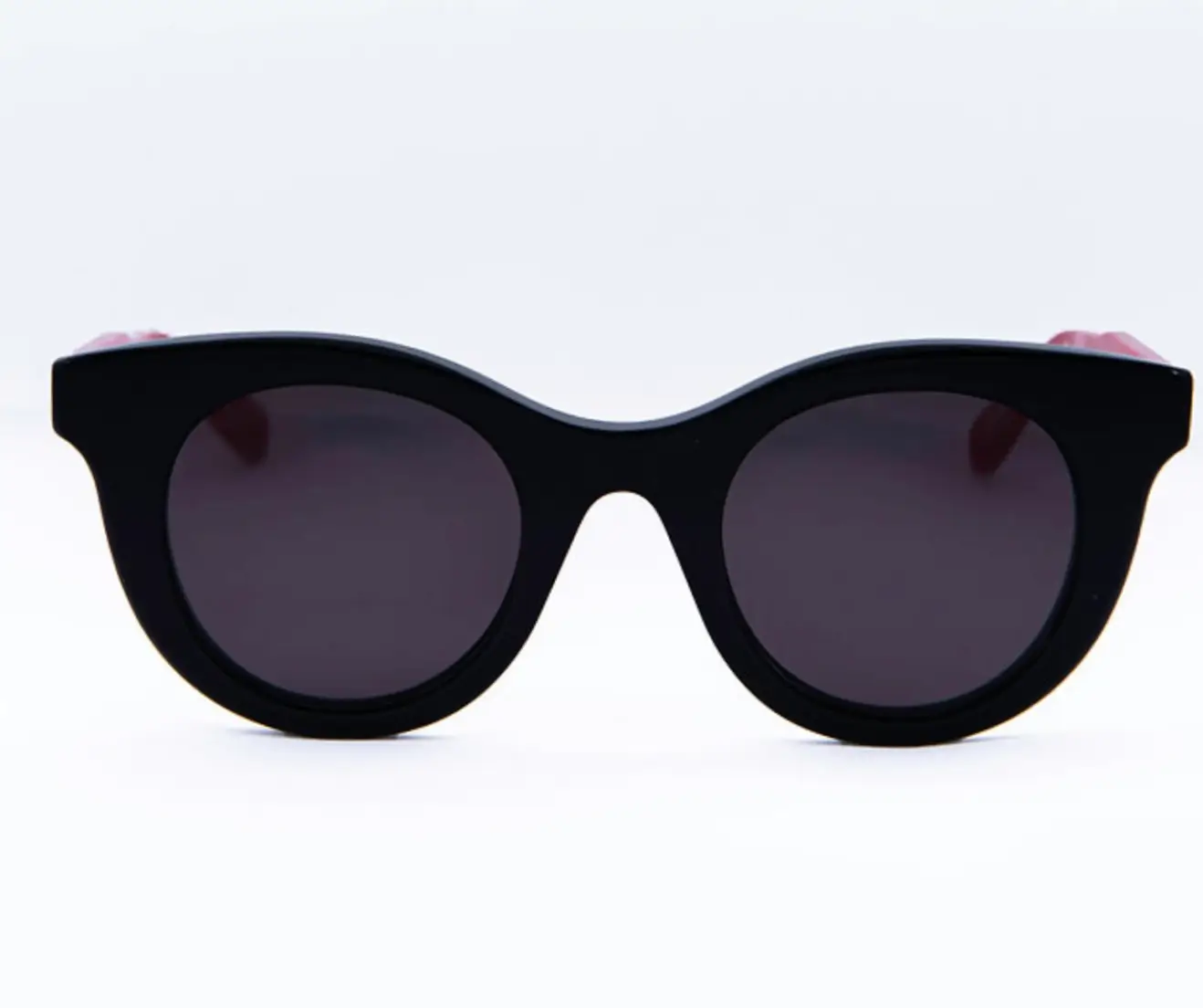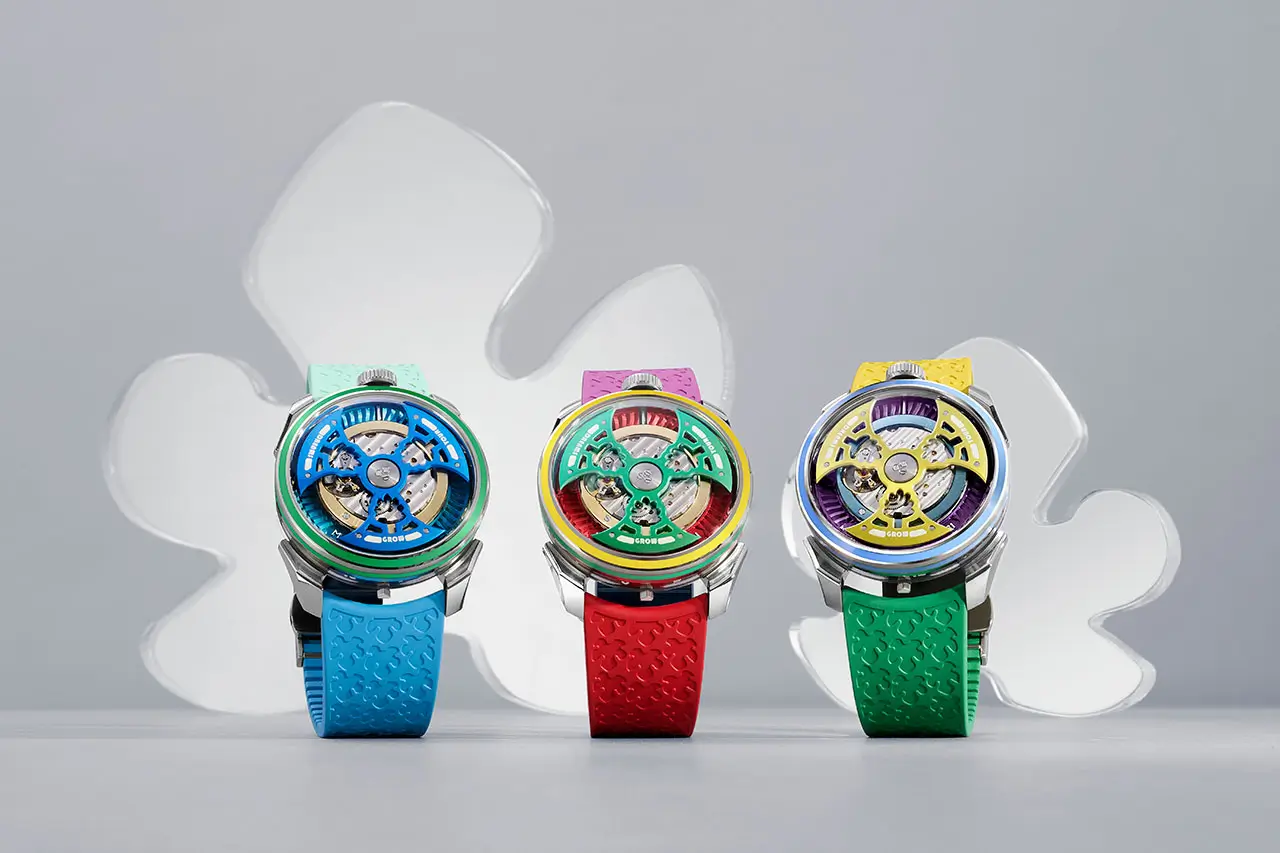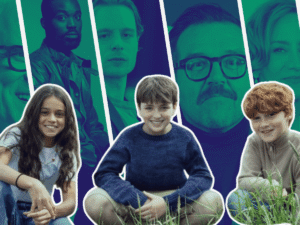KAWS has long understood scale as a form of language—one capable of turning a cartoonish sketch into a monumental global icon. Across the past decade, his Companion figure has rested on lakes, drifted across harbors, leaned against mountains, and stretched across city squares, becoming one of the most recognizable silhouettes in contemporary public art. Yet in Abu Dhabi, the artist’s latest intervention feels uniquely attuned to its environment. KAWS:HOLIDAY Abu Dhabi, created with long-time partner AllRightsReserved, presents a 32-meter-long Companion reclining along the very edge of Mina Zayed. It doesn’t float or tower. Instead, it lies across the waterfront as if pausing to breathe, one arm lifting a glowing moon toward the sky.
On view through January 4th, 2026, the sculpture anchors Manar Abu Dhabi 2025, the citywide light art exhibition organized by the Department of Culture and Tourism – Abu Dhabi. The program, now in its second edition, gathers 22 installations by 15 Emirati and international artists, all united under the theme The Light Compass. Within this constellation of works, KAWS’ reclining Companion emerges as a visual and emotional focal point—an emblem of stillness and luminosity against the historic port’s industrial geometry.
stir
Abu Dhabi’s architectural and cultural landscape often leans toward grand gestures, but the arrival of the Companion brings a softer kind of spectacle. Even at 32 meters, the figure feels surprisingly gentle. Its posture is relaxed, its gaze implied rather than explicit, and its interaction with the waterfront reads as contemplative rather than performative. By placing the figure horizontally along the shoreline, KAWS shifts the usual experience of scale. Instead of encountering a sky-bound colossus, viewers meet a resting body—one that mirrors the line of the water and expands the horizon rather than interrupting it.
The glowing moon held aloft becomes the sculpture’s emotional core. Its light spills outward across the water, creating a shimmering path that draws visitors toward the port at dusk. In a district historically associated with trade and movement, this steady radiance feels almost meditative, transforming Mina Zayed into a temporary site of reflection and gathering. The piece’s quiet power lies in how it invites slow looking, bridging the gap between an international pop icon and the rhythm of the Gulf shoreline.
culture
Manar Abu Dhabi has rapidly become one of the UAE’s defining cultural initiatives, transforming the city into an open-air network of illuminated artworks. Light, within this framework, is not merely practical but conceptual. It becomes a guiding tool, a compass, a narrative device through which audiences explore geography, heritage, and emotion. The theme The Light Compass encourages artists to consider how illumination directs attention, shapes space, and alters perception.
Within this curatorial field, KAWS:HOLIDAY Abu Dhabi plays a central role. The glowing moon functions as a beacon—both literally and symbolically—drawing visitors across the waterfront and into the broader exhibition. The Companion, often read as playful or melancholic in previous editions, takes on a more introspective tone here. Its gesture toward the moon suggests orientation, wonder, and pause. Light is no longer simply highlighting the figure; it becomes part of the Companion’s internal narrative, a tool of guidance that aligns seamlessly with Manar’s conceptual ambition.
The exhibition itself stretches across beaches, industrial zones, natural reserves, and cultural institutions. By situating KAWS at Mina Zayed, the organizers signal a desire to activate the emirate’s historic port as a living cultural stage. The Companion does not overwrite the site’s character but reframes it, inviting visitors to experience familiar terrain through a new atmospheric lens.
show
Since its launch in 2018, the KAWS:HOLIDAY series has traveled through some of the world’s most iconic landscapes—from Victoria Harbour in Hong Kong to Seokchon Lake in Seoul, from Taipei to the foothills of Mount Fuji. Each iteration experiments with environment, orientation, and emotion. The Abu Dhabi edition, however, introduces a notable shift. Instead of height or buoyancy, it leans into horizontality and luminescence. This Companion is grounded, contemplative, and visually anchored by the glowing orb it holds.
Light becomes a medium as important as vinyl, steel, or inflatable fabric. The moon is not accessory but protagonist. It ties the installation to the rhythms of the surrounding nightscape and integrates the sculpture into the conceptual framework of Manar. The figure appears at rest, but the moon’s glow activates it, creating a dialogue between stillness and illumination. The result is a Companion that feels more philosophical, less performative—an observer rather than an attraction.
This evolution enriches the broader Holiday narrative. KAWS, known for transforming pop culture into moments of collective reflection, uses the Abu Dhabi edition to explore slowness and orientation. In doing so, he aligns the figure with the exhibition’s emphasis on wayfinding—turning the Companion into a symbolic guide, its illuminated moon acting as a modernized lighthouse for the city’s cultural journey.
install
Abu Dhabi’s global cultural footprint has expanded significantly in recent years, with institutions like Louvre Abu Dhabi, the upcoming Guggenheim Abu Dhabi, and a growing ecosystem of contemporary art programs. The arrival of KAWS:HOLIDAY Abu Dhabi signals another step in this momentum, reinforcing the emirate’s commitment to public art that is accessible, ambitious, and globally resonant.
The installation transforms Mina Zayed into a temporary landmark, inviting residents and visitors to rediscover the port district through a new visual vocabulary. It aligns with the city’s vision of integrating art into everyday experience and underscores the belief that monumental works can foster a sense of shared cultural identity. Just as importantly, it expands the regional dialogue between local and international artists, positioning Abu Dhabi as a site where global creativity and Emirati heritage meet and respond to one another.
The sculpture’s presence feels both immediate and ephemeral—a luminous gesture that will vanish after January 2026 yet leave its imprint on the city’s memory. It offers a moment of quiet amid the velocity of development, reminding viewers that illumination can be gentle, grounding, and introspective.
fin
The sculpture becomes a point of orientation, a subtle guide along Manar’s light-mapped landscape. In a city where heritage, futurism, and global art converge, the reclining Companion feels like a fitting symbol—resting at the threshold of possibility, illuminated by a moon that invites viewers to slow down and look closely.
KAWS has brought his Companion to many cities, but in Abu Dhabi the figure feels newly at ease, suspended between reflection and radiance. Here, on the edge of Mina Zayed, it becomes a luminous pause in the city’s cultural narrative—a moment worth returning to, both in memory and in light.
No comments yet.










